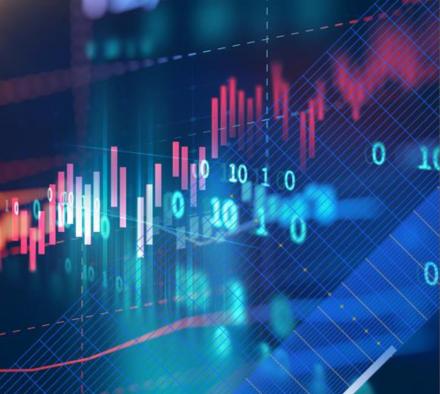The main specifications of the Galileo E6-B and E6-C codes are now available to the User Community. These codes can be used for accessing the future Galileo High Accuracy Service (HAS) and Galileo Commercial Authentication Service (CAS) and can be downloaded from the Galileo Service Centre (GSC) website under the “Programme Reference Documents” section.
The main specifications of the Galileo E6-B/C codes have been published in a Technical Note - Galileo E6-B/C Codes Technical Note – which is now available to users via the Galileo Service Centre (GSC) website: https://www.gsc-europa.eu/
The description of the primary E6-B/C and secondary E6-C codes and their assignment to specific satellites will provide receiver manufacturers the information they need to develop Galileo E6-B/C enabled receivers. The Technical Note also provides a hexadecimal representation of the E6-B/C primary and secondary codes.
Value-added services
The Galileo User Community will be able to benefit from the added-value services, offered through the E6 signal, namely the Galileo High Accuracy Service and the Galileo Commercial Authentication Service:
-
The Galileo High Accuracy Service (HAS) will allow users to obtain a positioning error below two decimetres in nominal conditions of use. The Galileo HAS will be based on the free transmission of Precise Point Positioning (PPP) corrections through the Galileo E6 signal data component (E6-B) by the Galileo satellites.
-
The Galileo Commercial Authentication Service (CAS) will make it possible to authenticate signals, by giving access to the E6 signal pilot component (E6-C) codes, which will be encrypted.
Cost-effective solution
The Galileo high accuracy and authentication services will provide cost-effective solutions with very good performance and much needed redundancy that are essential for safety-critical applications, such as autonomous driving, for example.
To ensure that Galileo services continue to meet your needs, we encourage users to help us shape the future of Galileo! You can do this by completing the Galileo User Satisfaction Survey 2018, - it will only take you a few minutes!
For further up-to-date information on the Galileo system and its services, visit the European GNSS Service Centre (GSC) website or contact the Galileo Helpdesk.
Media note: This feature can be republished without charge provided the European GNSS Agency (GSA) is acknowledged as the source at the top or the bottom of the story. You must request permission before you use any of the photographs on the site. If you republish, we would be grateful if you could link the article back to the GSA website (http://www.gsa.europa.eu).
